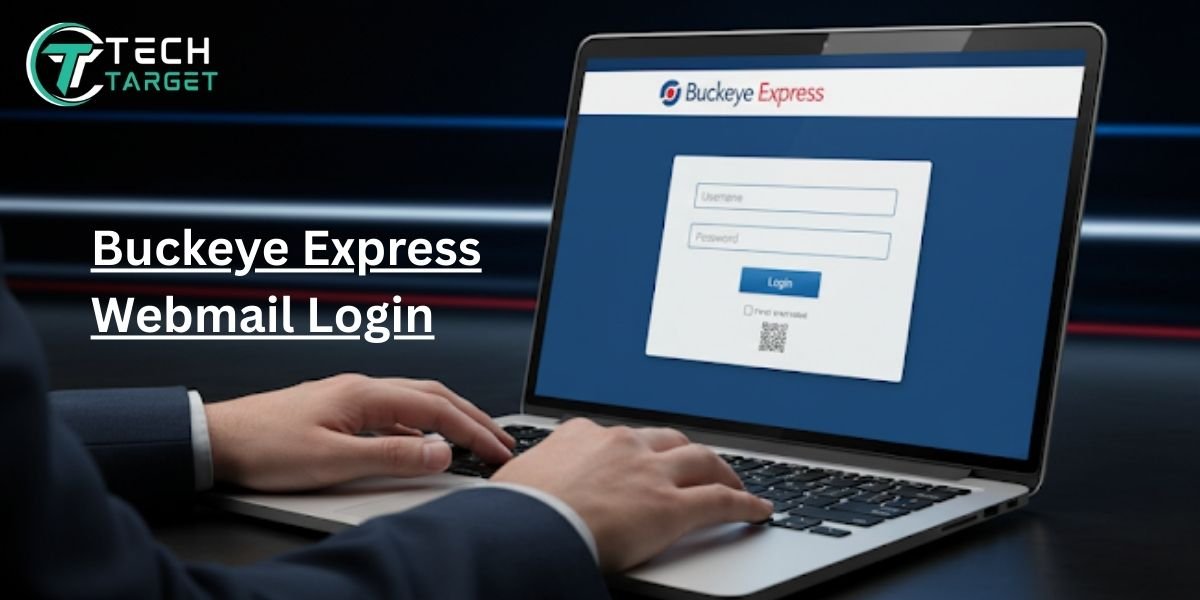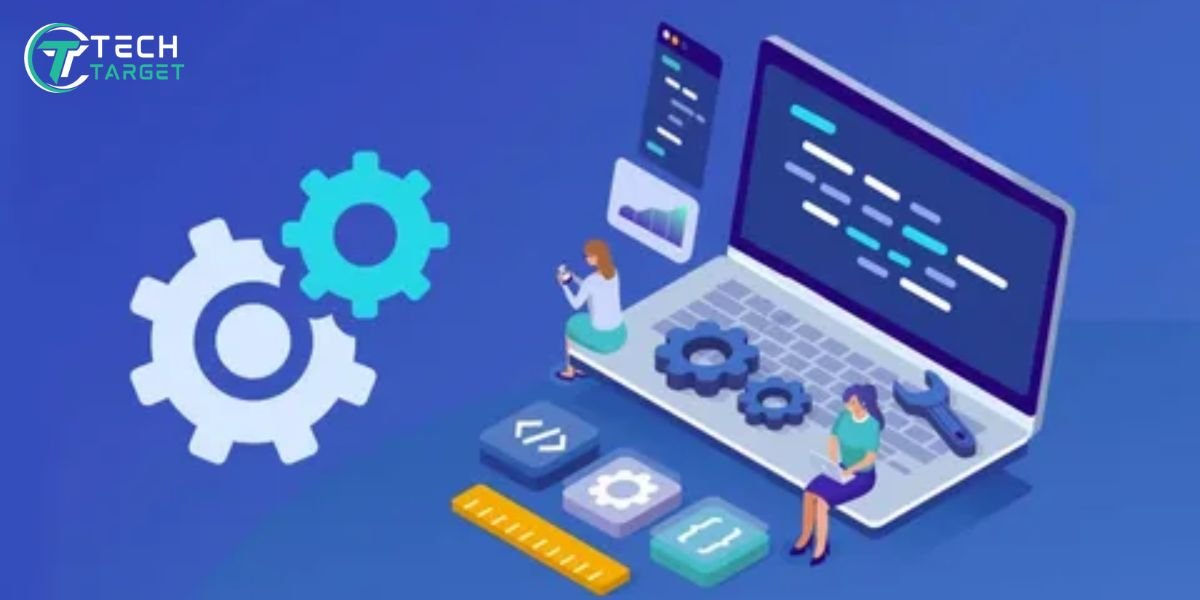Introduction
In the current business environment, the need for operational efficiency and agile market response has never been greater. Microsoft Power Platform offers a strategic solution to these demands. By providing a comprehensive suite of low-code tools, the platform enables organizations to automate workflows, derive actionable insights from their data, and transform business processes, thereby reducing dependency on traditional IT development cycles and accelerating digital transformation.
As business process automation becomes essential for scalability and competitiveness, the need for intuitive and integrated platforms has grown. A recent report by Gartner revealed that by 2025, over 70% of new business applications developed by enterprises will use low-code or no-code platforms—underscoring the growing demand for solutions like Microsoft Power Platform.
This guide will take you through a comprehensive understanding of Microsoft Power Platform—what it is, how it works, and why it’s revolutionizing digital workflows. We’ll explore each of its components—Power BI, Power Apps, Power Automate, and Power Virtual Agents—with real-world context and professional insights. Whether you’re a business analyst, IT professional, or someone leading digital transformation, this article will equip you with everything you need to get started.
For a comprehensive understanding of the platform and its capabilities, refer to the official Microsoft Power Platform documentation.
What Is Microsoft Power Platform?
Microsoft Power Platform is an integrated set of low-code and no-code solutions that helps businesses analyze data, streamline operations, develop tailored apps, and deploy AI-driven chatbots. Built on the Microsoft Dataverse and seamlessly integrated with Microsoft 365 and Azure, it empowers users across departments to create tailored digital solutions—without being professional developers.
At its core, the platform is designed for citizen developers, business users, and professional developers alike. It bridges the gap between IT and business by offering intuitive tools that drive rapid innovation, while still maintaining data governance and compliance.
The true power of this platform lies in its versatility—it allows businesses to move beyond static systems and create dynamic workflows that scale with growth. Microsoft’s internal operations leverage the platform, saving an estimated 97,000 hours annually through automation and custom apps, according to a Forrester Total Economic Impact study.
Components of Microsoft Power Platform
Power BI: Data Analytics and Visualization
Power BI helps organizations turn complex data into visual insights through interactive dashboards and reports. It connects to hundreds of data sources, enabling smarter decisions driven by real-time analytics. Featuring an intuitive drag-and-drop interface, it caters to both business professionals and data analysts. You can get more information about its features and functionalities in the official Power BI documentation.
Power Apps: App Development Platform
Power Apps enables users to create personalized business apps using little to no code. Whether it’s a mobile app for field service teams or a desktop app for HR operations, Power Apps simplifies development through prebuilt templates, connectors, and AI capabilities. Explore the possibilities of building custom applications further in the official Power Apps documentation.
Power Automate: Workflow Automation
Formerly known as Microsoft Flow, Power Automate enables users to automate routine tasks such as email responses, data collection, or approval processes. It supports cloud-based and on-premises automation, integrating seamlessly with both Microsoft and third-party services.
Power Virtual Agents: Chatbot Creation
This tool empowers users to create intelligent chatbots that engage customers or internal teams—all without writing a single line of code. Whether it’s answering FAQs, routing issues, or providing support, Power Virtual Agents helps reduce response time and increase engagement.
Key Features and Benefits of Microsoft Power Platform
Seamless Integration with Microsoft Ecosystem
One of the standout features of Microsoft Power Platform is its deep integration with the Microsoft ecosystem, including Office 365, Azure, Dynamics 365, and even third-party applications through more than 800 available connectors. This compatibility ensures that data flows smoothly between services without the need for complex setups or middleware. Whether you’re pulling SharePoint lists into Power BI, automating tasks triggered by Outlook emails, or creating apps tied to Dynamics 365 data, the platform offers a cohesive experience that shortens development time and maximizes utility across departments.
User-Friendly, Low-Code/No-Code Development
The Power Platform’s low-code/no-code approach lowers the entry barrier for business users and non-technical teams. Tools like Power Apps and Power Automate come with drag-and-drop interfaces, pre-built templates, and AI-driven suggestions that allow users to design solutions quickly—often in hours rather than weeks. According to Microsoft’s own research, organizations using Power Apps reduced app development costs by 74% while accelerating delivery by 3.2 times.
Enhancing Business Efficiency and Productivity
The platform has a proven track record in helping businesses achieve greater operational efficiency. For example, Toyota streamlined parts tracking with Power Apps, reducing paper-based processes by 80%. In another case, G&J Pepsi automated their distribution logistics using Power Automate, saving thousands of hours annually. These real-world examples show that when teams adopt Microsoft Power Platform, they don’t just improve processes—they transform them, creating sustainable productivity gains and cost reductions across the board.
How Microsoft Power Platform Facilitates Business Process Automation
Automating Routine Tasks with Power Automate
Power Automate is the engine behind workflow automation in the Power Platform. It enables users to create flows that respond to triggers, such as new form submissions, calendar changes, or file uploads. A finance department, for instance, can automate invoice approvals by linking SharePoint, Outlook, and Teams—ensuring every step of the process is tracked and streamlined. Another example is onboarding workflows: new employee data from Microsoft Forms can automatically trigger Teams welcome messages, IT setup tasks, and calendar invites.
Building Custom Apps with Power Apps
Power Apps allows businesses to build tailored applications that address specific internal needs without relying on traditional developers. A field service organization might use Power Apps to create a mobile inspection checklist, complete with GPS integration and real-time photo uploads. The app syncs with SharePoint or Dataverse, ensuring data is centralized and actionable. With role-based security and version control, these apps are not only agile but also enterprise-ready.
Data-Driven Decisions with Power BI
Power BI plays a critical role by transforming raw data into visual dashboards and real-time reports. Executives can track sales trends, inventory performance, or customer engagement using intuitive charts and KPIs. For example, Heineken used Power BI to analyze marketing performance across 190 countries, reducing manual reporting efforts and enabling quicker adjustments to campaign strategies. The tool supports advanced analytics, natural language queries, and AI-powered predictions—turning data into a strategic asset.
Microsoft Power Apps: A Closer Look
Microsoft Power Apps is a powerful tool in the Power Platform suite that enables users to create custom business applications without writing extensive code. Designed for agility and scalability, Power Apps empowers both developers and non-technical users to build solutions that solve real business problems—from mobile forms to enterprise-grade apps.
There are three primary types of Power Apps:
- Canvas Apps: These offer a drag-and-drop interface where users can design apps from a blank canvas. Ideal for highly customized experiences.
- Model-Driven Apps: Built on Microsoft Dataverse, these apps focus on complex business logic and processes, where layout is determined by data structure.
- Portals: Public or private websites that allow external users to interact with Dataverse data via secure authentication.
Power Apps integrates deeply with other Microsoft Power Platform tools. For instance, users can embed Power BI dashboards directly into their apps, trigger Power Automate flows for background processes, or use Power Virtual Agents to provide support chatbots. This synergy makes it easier to create holistic digital experiences that drive automation, increase visibility, and improve customer interactions—all while reducing reliance on IT departments.
Real-World Applications and Case Studies
Numerous organizations across industries have adopted Microsoft Power Platform to solve operational challenges and enhance productivity.
- G&J Pepsi-Cola Bottlers developed over 50 apps using Power Apps to streamline fleet management and HR tasks, saving hundreds of hours annually.
- Toyota Motor Corporation used the platform to replace paper-based quality inspection processes with mobile apps, reducing errors and increasing inspection speed.
- Telstra, Australia’s largest telecom provider, created a custom app to automate network maintenance requests, reducing technician workload and improving response time.
The ROI is evident. A Forrester Total Economic Impact study found that businesses using Power Apps saw a 188% return on investment over three years, with significant savings on development costs and improved process efficiency. These real-world outcomes show how companies can achieve digital transformation at scale—empowering employees, saving money, and staying competitive.
Getting Started with Microsoft Power Platform
Getting started with Microsoft Power Platform is straightforward. Microsoft offers flexible licensing plans, including per-app and per-user pricing. For example, the per-app plan starts at $5 per user/month, while broader access via the per-user plan is priced at $20 per user/month (as of 2025).
To begin:
- Sign up for a Microsoft 365 account.
- Access the Power Platform admin center.
- Choose the right components—Power Apps, Power Virtual Agents, Power BI, or Power Automate—based on your business goals.
Microsoft also offers learning paths and templates to fast-track your adoption.
Conclusion
Microsoft Power Platform is more than just a toolkit—it’s a catalyst for business automation and digital innovation. Its user-friendly design, robust integrations, and real-world impact make it an essential solution for modern enterprises looking to streamline operations.
Whether you’re aiming to automate daily workflows, visualize data insights, or build custom apps without a heavy coding burden, Power Platform delivers real value. Now is the time to explore, experiment, and implement—because the future of work demands it.











